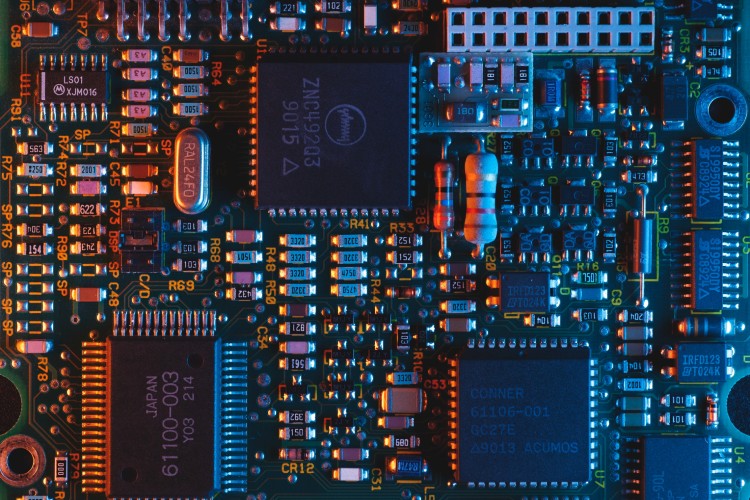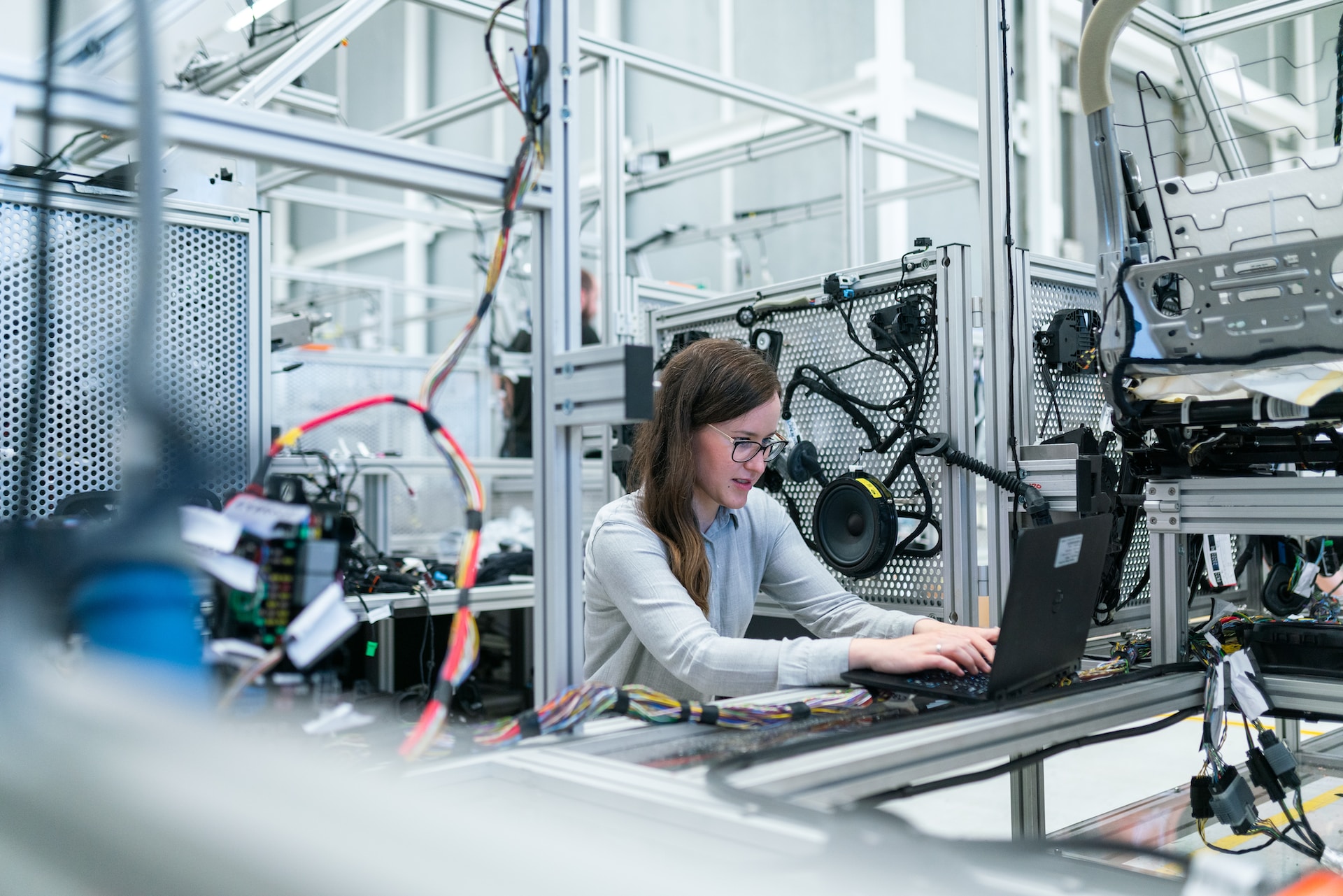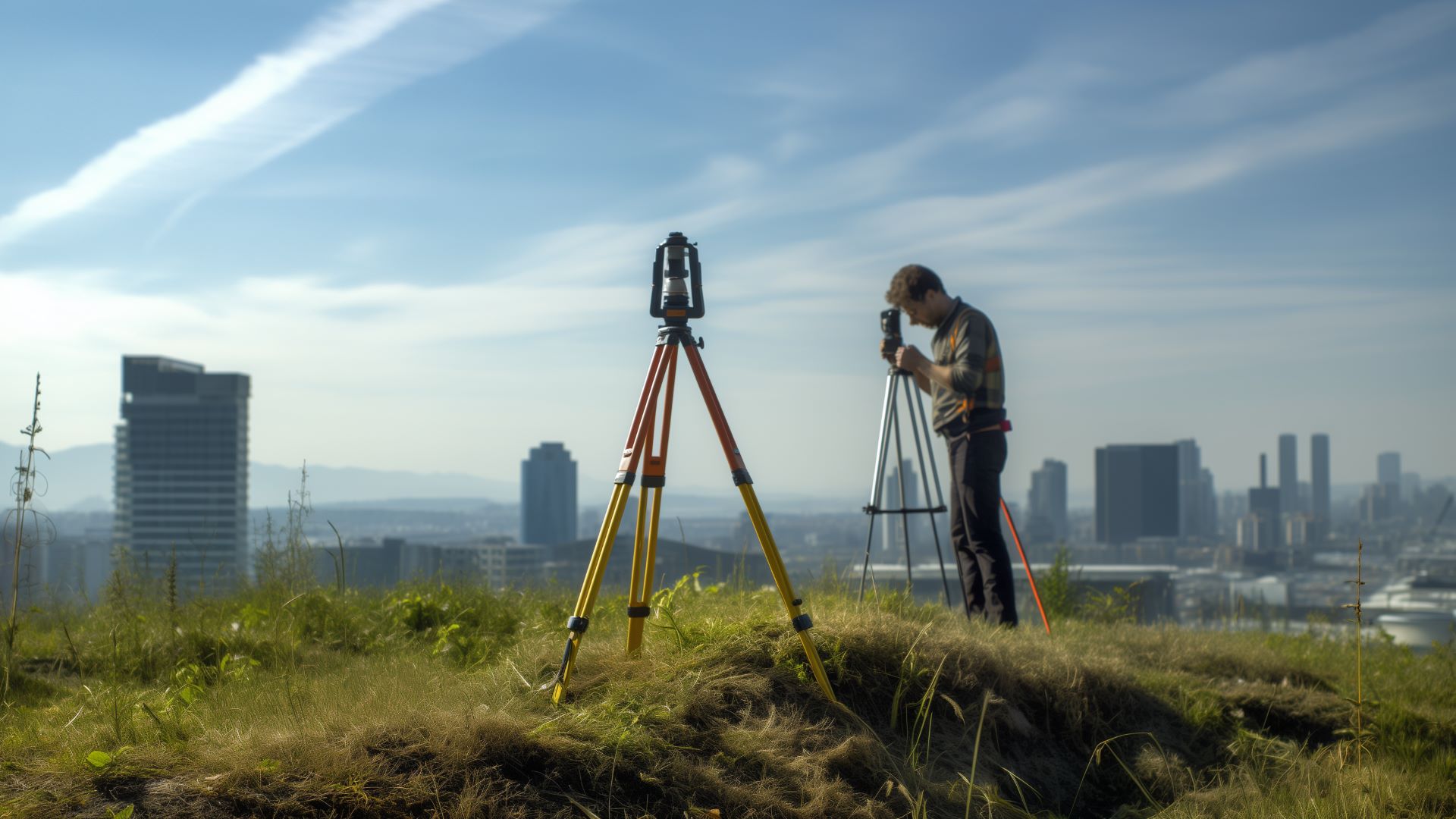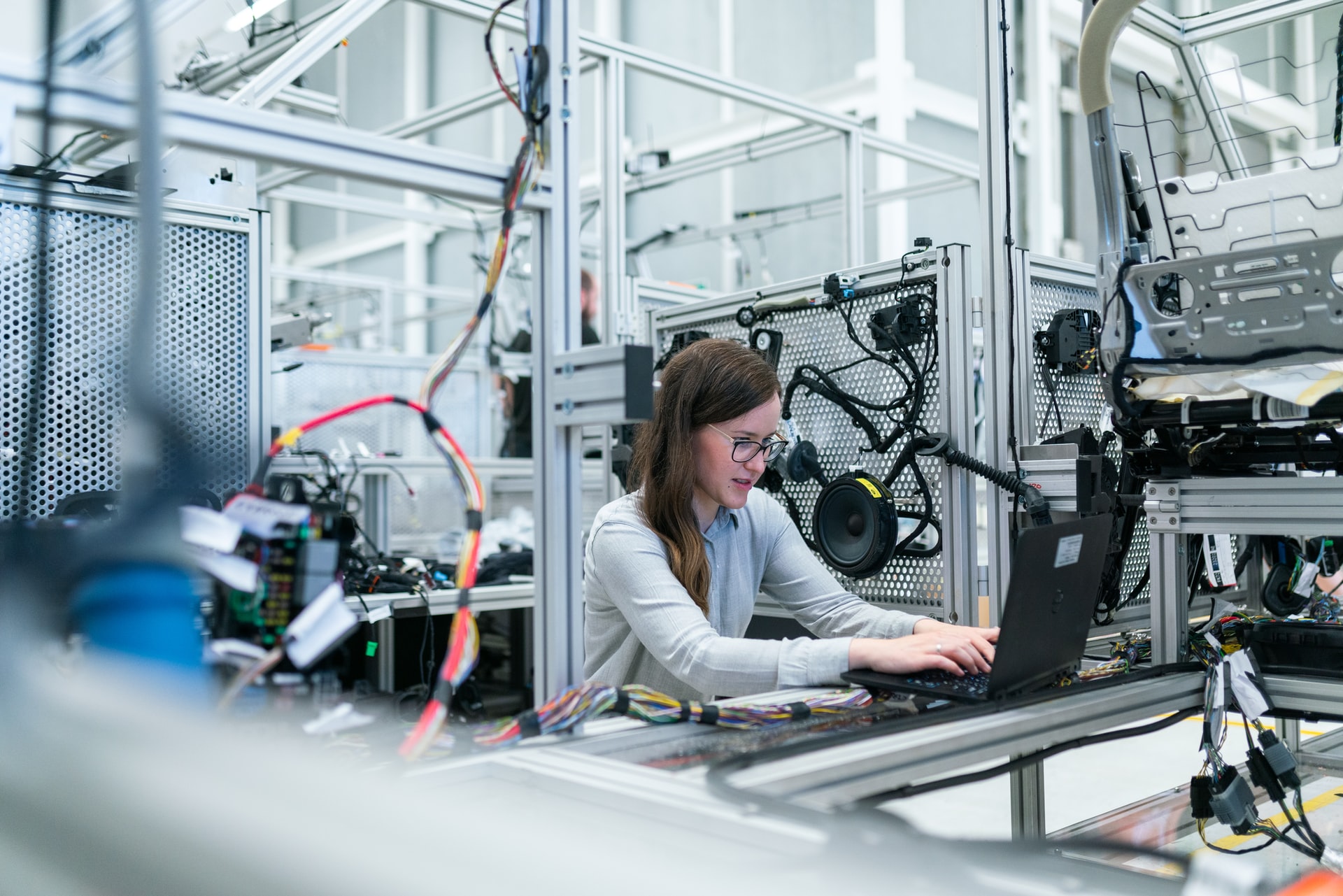
You Should Know the Types of Circuit Boards
November 1, 2020 - Emily Newton
Revolutionized is reader-supported. When you buy through links on our site, we may earn an affiliate commision. Learn more here.
Electronics fuel the modern world, and at the heart of these devices is the printed circuit board (PCB). Whether you realize it or not, you may use dozens of PCBs a day. These tiny technologies are everywhere, and just as there are countless different gadgets, there are several different types of circuit boards. Whether you’re pursuing a career in electrical engineering or just like electronics, you may want to know these different types. It would take forever to run through every single option, but here are a few of the most common PCBs.
Single-Sided PCBs
As the name implies, single-sided PCBs are those with all of their electrical components on one side. These boards only use a single layer of base material, called a substrate. The side with the electrical components has a thin layer of conductive metal, usually copper. These boards are inexpensive but have limited functionality. Because of this, you’ll find them in cheaper devices like calculators or simple radios.
Double-Sided PCBs
A double-sided PCB is similar to if you took two single-sided boards and attached them back-to-back. A layer of substrate is in the middle with conductive layers and electrical components on the top and bottom. Small holes called vias go through the substrate to connect the conductive layers.
Double-sided PCBs can do more work at once, but having conductive layers on both sides can make them tricky to handle. You can find these boards in everything from hard drives to vending machines.
Multilayer PCBs
Some circuit boards have far more than just two or three layers. Multilayer PCBs can have dozens of different layers, but most only have a few. Layers of substrate separate the conductive ones. Because they can handle numerous tasks at once, multilayer PCBs find use in complex machinery. Satellites, medical equipment and servers in hi-tech data centers all typically use these types of circuit boards.
Rigid PCBs
Layer count isn’t the only way you can distinguish between different circuit boards. PCBs also come in varying degrees of flexibility. What you probably think of when you hear circuit board is a rigid component. Unsurprisingly, a rigid PCB is stiff, unmoving material, usually fiberglass, and they tend to have longer lifespans due to their strength. Computer motherboards are a common example of these PCBs.
Flex PCBs
A flex PCB is effectively the opposite of a rigid one. Instead of fiberglass, these boards use flexible plastic materials like a polyester film as a substrate. This pliability offers greater versatility and less weight at the cost of a higher price tag. Just like their rigid counterparts, flex PCBs can be single-sided, double-sided or multilayer. You can see these PCBs in both computer keyboards and TVs.
Rigid-Flex PCBs
Rigid-flex PCBs combine both rigid and flexible circuit boards. The most basic example is two rigid PCBs connected by a flex one. As you can imagine, these boards are more expensive and complicated than other types, but they’re also more versatile.
These PCBs offer the reliability of rigid boards with the convenience and weight reduction of flexible ones. You’ll find rigid-flex PCBs in a growing number of applications, from pacemakers to cell phones to cars.
High-Density Interconnect PCBs
People define some newer forms of circuit boards by their functionality. High-density interconnect (HDI) PCBs offer more wiring in the same area, meaning smaller boards can do more. These boards weren’t possible until advanced, highly precise manufacturing techniques came along.
All of the electrical components in an HDI PCB are smaller, so more of them fit in a tighter area. HDI PCBs allow you to do complex tasks with tiny devices. You use them whenever you use a modern video game controller or your smartphone.
High-Frequency PCBs
Sometimes you need to get a job done as quickly as possible — that’s where high-frequency PCBs come in. These circuit boards use hi-tech substrate materials like Teflon to handle frequencies over one gigahertz without overheating.
These types of circuit boards are ideal for devices that require speedy signal transmissions, such as radar systems and GPS receivers. As the demand for faster electronics grows, high-frequency PCBs have become more common.
Which New Technologies Could Help Build These Types of Circuit Boards?
Printed circuit boards help today’s products work. Since so many items on the market contain them, people are especially interested in pioneering ways of manufacturing these critical components. Such approaches could lead to new types of PCB materials used or help people make the items much faster than they could before.
Automation Shortens Turnaround Times
As the demand for printed boards rises, companies gain a marketplace advantage if they can provide high-quality products as quickly as possible. Tempo Automation is a startup at the forefront of such efforts.
The company’s facilities produce various types of PCBs for customers in as few as three days. More specifically, its advanced equipment can manufacture up to 15 types of products daily.
Customers also appreciate that the company provides them with a self-service dashboard. It has project management software and gives them real-time pricing information for different types of circuit boards based on their particular needs.
Tempo Automation has embraced the Industry 4.0 approach in a major way. It’s not feasible for all manufacturers to do that, of course. However, this example illustrates what’s possible if a company goes all-in with the latest technologies for faster production methods that maintain high quality control.
Improved Processes Bring More Efficiency During PCB Inspections
Sometimes, the key to enhanced production doesn’t involve the latest technologies but a close examination of how to tweak existing methods to reduce slowdows. That happened when students at Rochester Institute of Technology developed a prototype of a machine that takes mere seconds to differentiate between working and malfunctional printed circuit boards.
Such circuit functionality tests are normally automated, but humans must do manual investigations after finding non-working boards. Each examination done by hand can take up to 10 minutes, but this machine does it in about 15 seconds.
It includes a conveyor belt, plus an LED light that flashes to indicate the discovery of a non-functioning board. The students based their design on principles learned while covering the Lean Six Sigma approach in their classes.
Since this method works with all types of circuit boards, it could speed up the process no matter which kinds get produced at a certain factory. Alternatively, if a company decides to make a new design, this faster approach to inspection could help workers identify and rectify issues sooner.
Artificial Intelligence Speeds Decision-Making
Choosing the best types of circuit boards for certain applications is not easy, and succeeding requires considering various factors. However, artificial intelligence (AI) could make it easier.
Researchers believe their trained AI module could cause a 20% reduction in the resources used to select the optimal circuit board configuration for certain needs. More specifically, it uses a process called automated optical inspection to compare the characteristics of actual printed circuit boards with images of ideal designs.
Highly trained algorithms reduce the false negative rates often associated with this type of inspection. However, besides checking that produced circuit boards do not have defects, this AI-driven approach aids circuit board configuration decisions.
The algorithms choose the best board layouts for the types of circuit boards under development, selecting the optimal possibilities from an assortment. This tech application substantially reduces the trial and error that often slows PCB development.
Choosing Between Different Types of Circuit Boards
When picking a PCB, there’s a lot to consider. A large electronics company may be able to afford to produce high-frequency, rigid-flex HDI PCBs comfortably, but the same probably isn’t true for an electronics hobbyist. On top of the needed function, you have to think about how complex or expensive it might be to design and build a PCB.
Circuit boards today are far more varied and useful than their dated counterparts. The next time you use any electronic gadget or appliance, think of all the thought that went into something as small as its PCB.
The most technologically-advanced boards may offer more functionality, but they’re not always necessary. Just because people can do more with PCBs than they used to doesn’t mean they have to.
Editor’s note: This article was originally published on March 24, 2020 and was updated November 1, 2021 to provide readers with more updated information.
Revolutionized is reader-supported. When you buy through links on our site, we may earn an affiliate commision. Learn more here.
Author
Emily Newton
Emily Newton is a technology and industrial journalist and the Editor in Chief of Revolutionized. She manages the sites publishing schedule, SEO optimization and content strategy. Emily enjoys writing and researching articles about how technology is changing every industry. When she isn't working, Emily enjoys playing video games or curling up with a good book.




